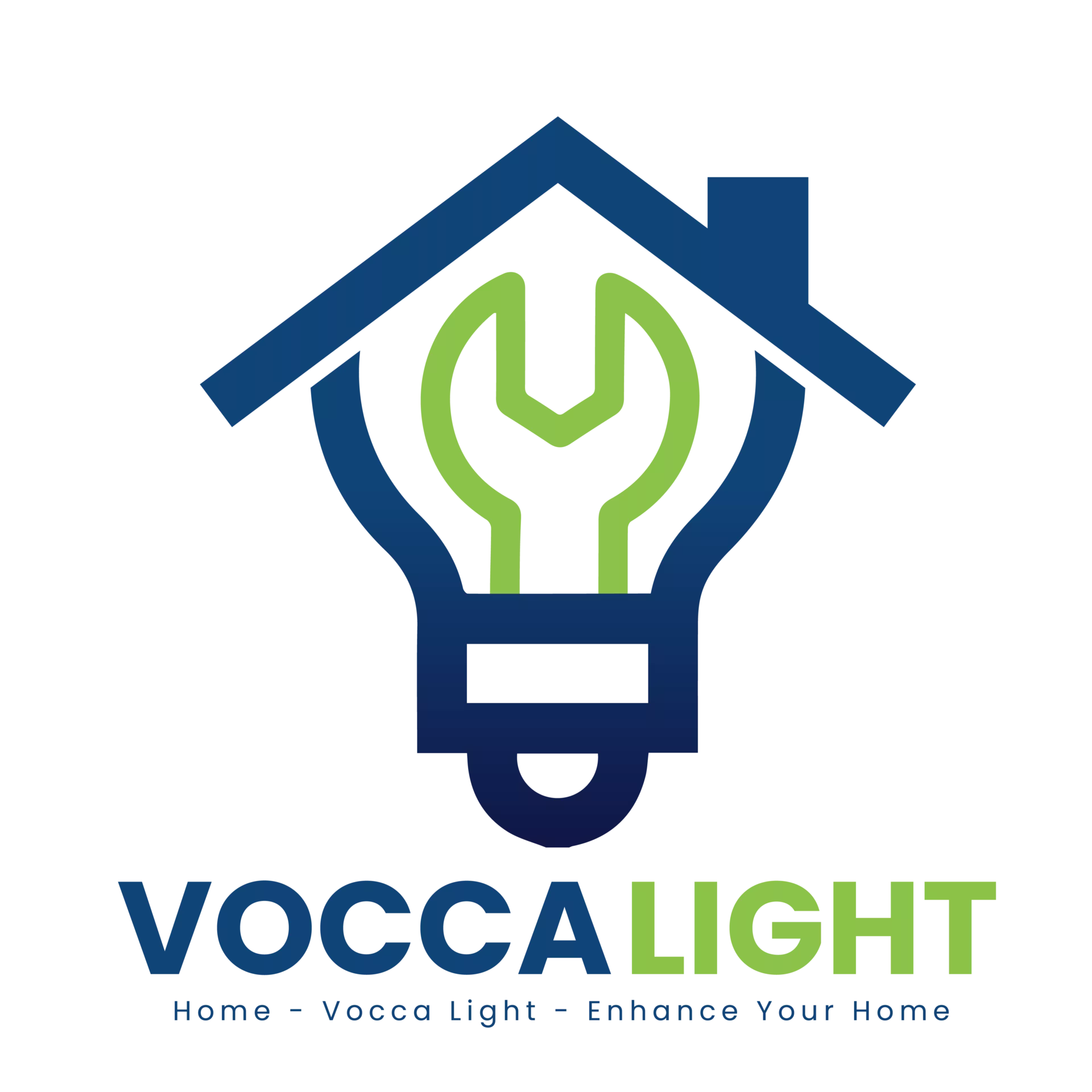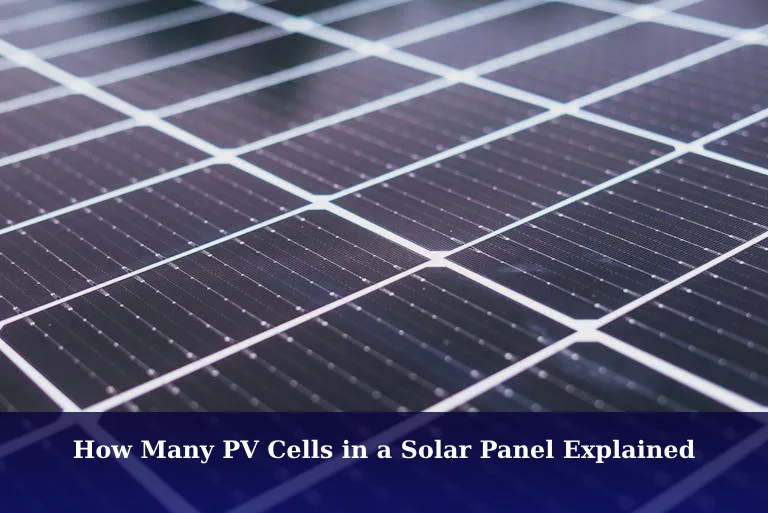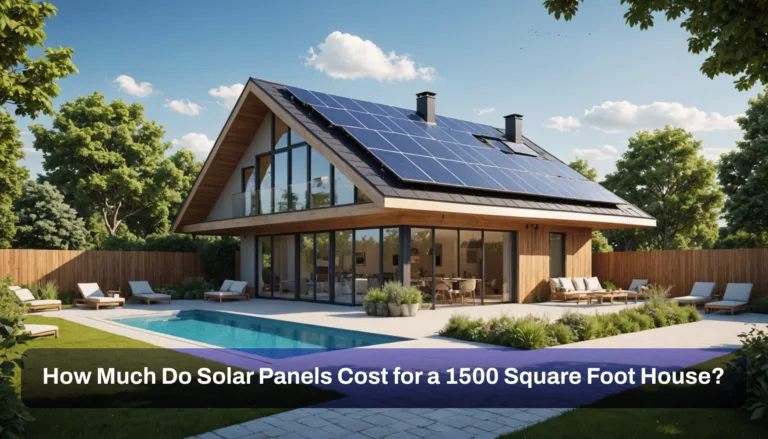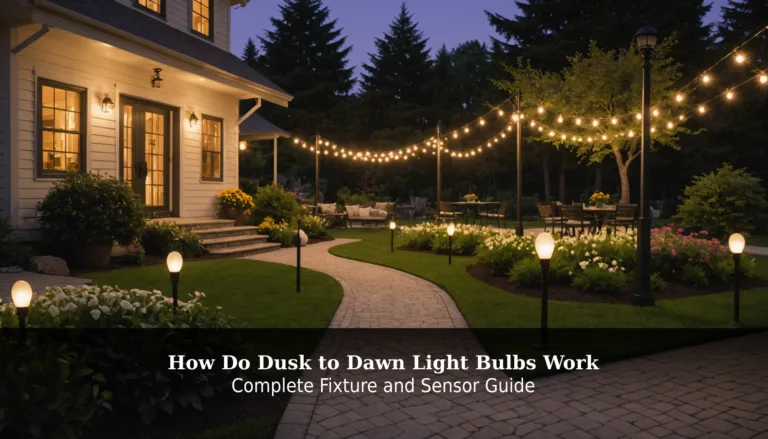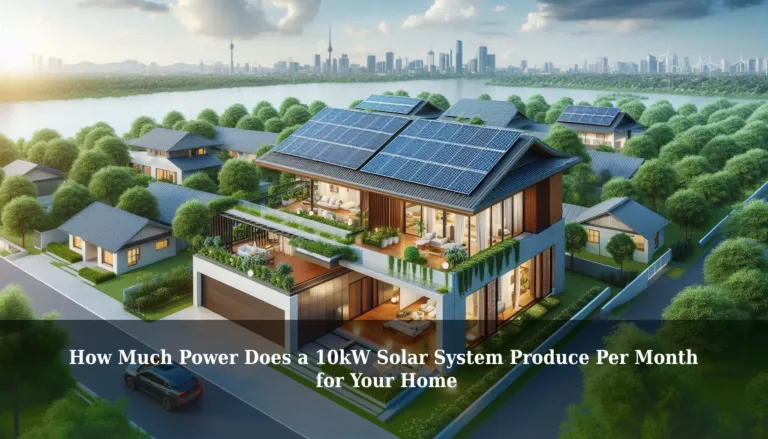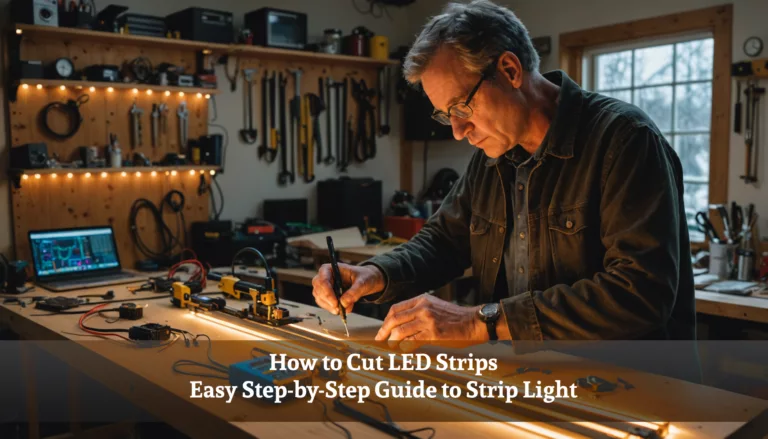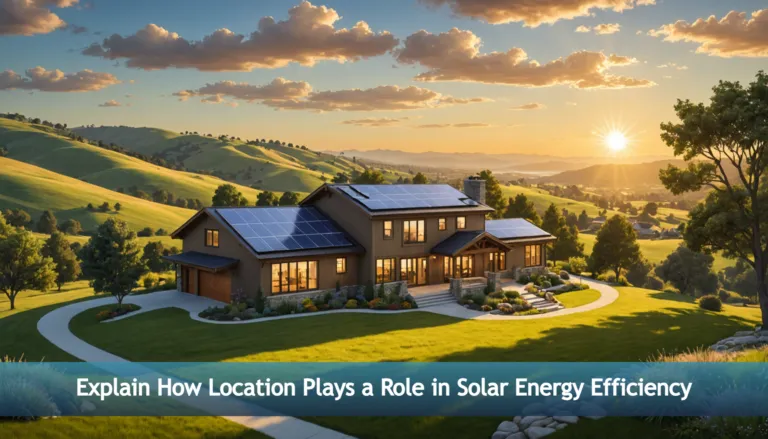How Many PV Cells in a Solar Panel Explained
Ever wondered how many PV cells in a solar panel work together to harness the power of the sun? Understanding this number is crucial because it directly impacts how much electricity a solar panel can produce. Knowing how many cells are in a solar panel helps you choose the right option for your home or DIY projects, ensuring you maximize your energy output.
In this article, we’ll dive into what determines the number of solar cells in a panel, explore different panel designs, and uncover how these cells convert sunlight into usable electricity. Plus, we’ll look at the efficiency of various types of solar cells and what choices will best fit your needs. Don’t miss out on the chance to learn about this exciting renewable energy technology that can power your future—let’s get started!
Understanding How Many PV Cells in a Solar Panel
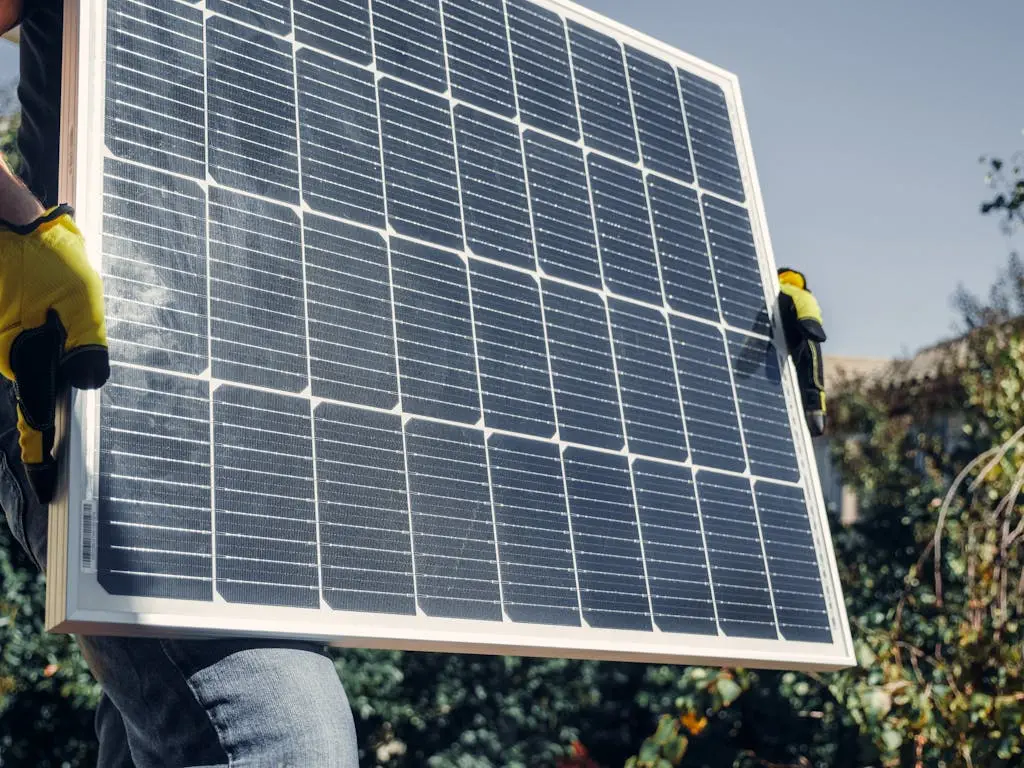
What Determines the Number of Solar Cells in a Panel?
The number of photovoltaic (PV) cells in a solar panel mainly depends on the desired power output, panel design, and the efficiency of the cells used. Residential solar panels typically contain 60 cells, while commercial panels usually have 72 cells. More cells generally mean higher power generation capability. The type of solar cell—such as monocrystalline, polycrystalline, or thin-film—also influences the total cell count, as higher-efficiency cells may require fewer cells to produce the same output. (SolarNPlus, The Solar Era)
The Role of Panel Design in Solar Cell Count
Panel design significantly impacts how many solar cells a panel contains. Residential panels are designed to fit typical roof spaces and prioritize ease of installation, often resulting in 60-cell configurations. Commercial panels usually have larger sizes and contain 72 cells to meet higher energy demands (Get Solar, This Old House). Advanced designs incorporate technologies like half-cut or bifacial cells that enhance performance and sometimes allow for fewer cells without sacrificing output. The physical size, shape, and layout of the panel directly affect how many cells can be incorporated effectively.
How Many Solar Cells Are Typically in a Panel?
Standard solar panels most commonly contain between 60 and 72 photovoltaic cells (Solar Reviews). Residential panels usually have 60 cells, producing roughly 250 to 350 watts, while commercial panels often have 72 cells, producing between 300 to 400 watts. Some specialized panels may have variations in cell count, ranging from as few as 48 to more than 72, depending on their intended use and technology type. The choice balances between power needs and physical installation constraints.
Factors Impacting Solar Panel Efficiency
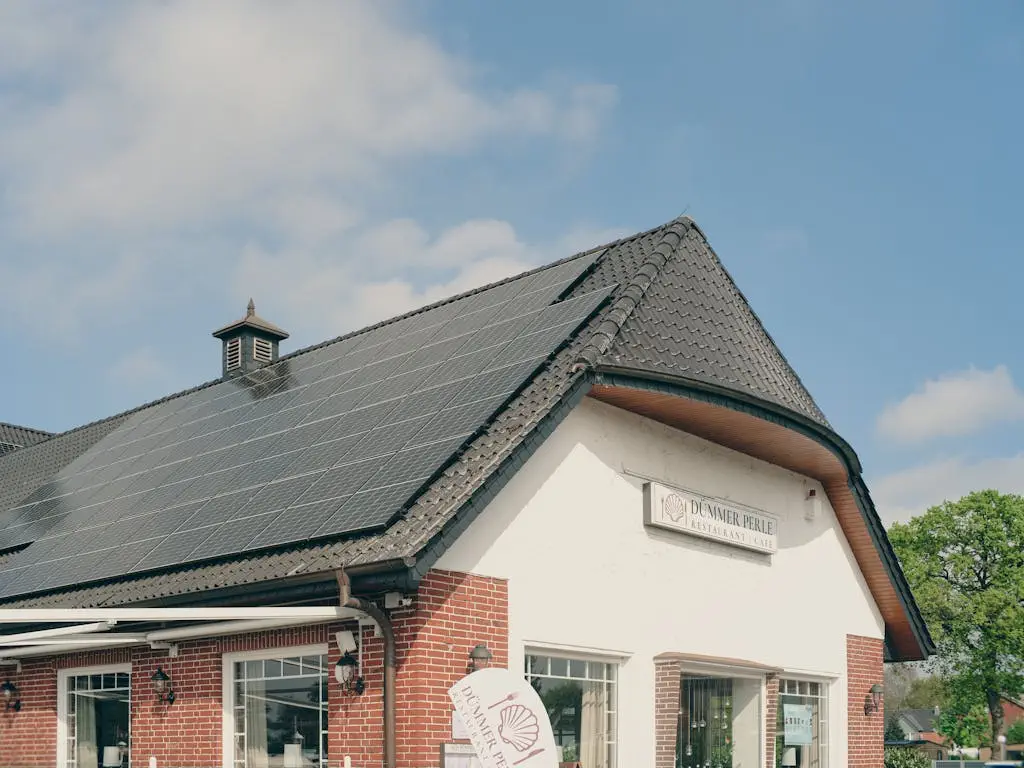
The Importance of Photovoltaic Cell Quality
The quality of photovoltaic (PV) cells is crucial for solar panel efficiency. High-quality monocrystalline silicon cells generally offer better performance than polycrystalline or thin-film alternatives because they convert sunlight into electricity more effectively. Premium cells maintain their efficiency longer and perform better under varied lighting conditions, such as low light or partial shading. Manufacturing standards and material purity also influence cell durability and energy conversion rates.
Current Innovations in Solar Cell Efficiency
Recent technological advancements have substantially improved solar cell efficiency. Innovations include bifacial panels that capture sunlight on both sides, half-cut cells that reduce power loss, and PERC (Passivated Emitter and Rear Cell) technology that enhances light absorption. Emerging materials like perovskite and tandem cell architectures are pushing efficiency beyond traditional limits. Smart solar technologies that optimize output based on environmental conditions also contribute to greater overall system performance.
Understanding Electrical Output Per Cell
Each photovoltaic cell typically generates around 0.5 to 0.6 volts under standard test conditions. The total voltage output of a solar panel depends on how many cells are connected in series; more series-connected cells result in higher voltage. Current output depends on the number of parallel connections. Environmental factors like sunlight intensity, temperature, and shading can affect the actual voltage and current produced by each cell, impacting the overall energy yield.
Connecting Solar Cells for Optimal Performance
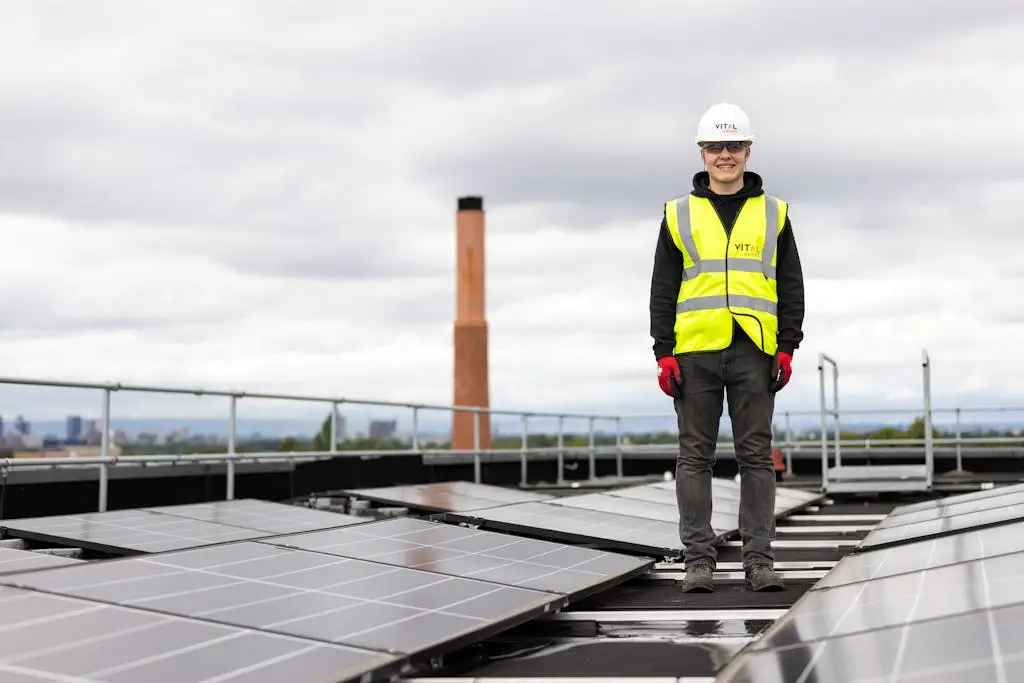
Series vs. Parallel: Solar Cell Connection Techniques
Solar cells can be connected in series or parallel configurations to achieve desired electrical characteristics. Connecting cells in series increases the total voltage while keeping current constant, making this setup common in most solar panels for higher voltage requirements. Parallel connections increase current while maintaining voltage, useful in specific applications but less common in typical panel design. Some panels combine both methods to optimize energy output for their specific use case.
Managing Current Flow in Solar Panels
Proper management of current flow within solar panels is essential to maximize efficiency and prevent damage. Unequal current flow caused by shading or damaged cells can reduce overall system performance. Manufacturers often use bypass diodes to mitigate these effects by allowing current to flow around shaded or faulty cells. Additionally, careful wiring and connection design help maintain stable current flow and reduce power losses due to resistance.
Factors that Affect How Solar Cells Connect
Several elements influence how solar cells are connected within a panel:
- Panel design: Determines the number of cells and required voltage/current.
- Intended application: Residential vs. commercial energy needs affect connection choice.
- Environmental conditions: Shading patterns and temperature variations may require specific wiring strategies.
- Safety and regulation compliance: Local electrical codes influence connection methods. Understanding these factors helps optimize solar panel design for both performance and reliability.
The Evolution of Photovoltaic Technology
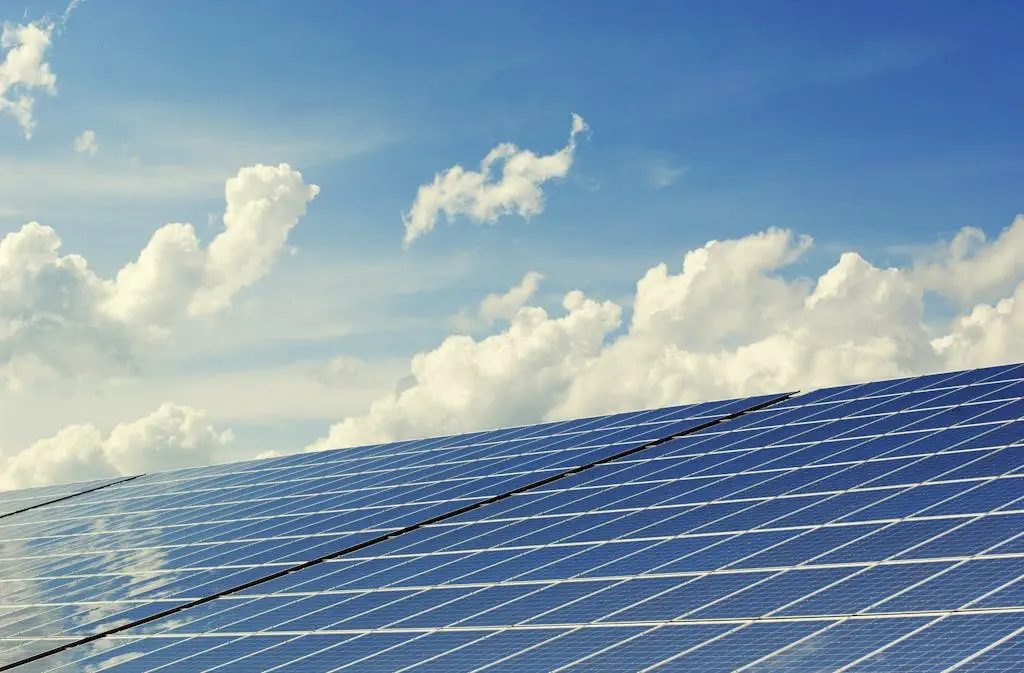
Historical Developments in Solar Cells
Photovoltaic technology began with the discovery of the photovoltaic effect in 1839, but practical silicon solar cells were developed in the 1950s at Bell Labs with about 6% efficiency. Since then, material improvements and manufacturing advances have steadily increased efficiency to over 20% for commercial products. The introduction of thin-film technologies in the 1980s provided lightweight alternatives, broadening application possibilities.
Future Trends in Solar Panel Design
Future trends focus on enhancing efficiency, reducing costs, and increasing versatility. Innovations like perovskite-silicon tandem cells may push efficiencies beyond current limits. Flexible and lightweight materials will enable new installation types, including building-integrated photovoltaics (BIPV). Smart solar panels equipped with monitoring and adaptive technologies will optimize energy production dynamically throughout the day.
Comparing Silicon Cells to Emerging Technologies
Silicon-based solar cells dominate due to their high efficiency and durability but are rigid and heavier than emerging options. Thin-film technologies like copper indium gallium selenide (CIGS) and organic photovoltaics offer flexibility and lower manufacturing costs but generally have lower efficiencies and shorter lifespans. These emerging technologies suit specialized applications where weight, flexibility, or cost is a priority over maximum efficiency.
Expert Recommendations for Selecting Solar Panels
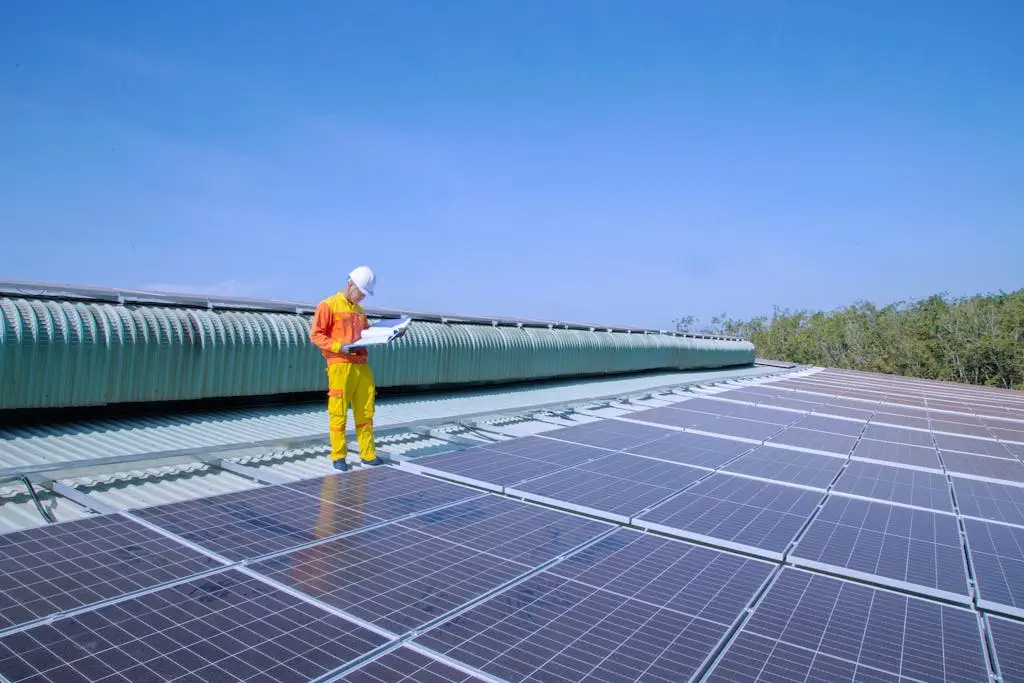
Evaluating Wattage and Cell Count for Your Needs
When selecting solar panels, consider your energy consumption needs alongside wattage ratings and cell count. Residential settings commonly use 60-cell panels producing 250-350 watts, while commercial applications may require 72-cell panels producing up to 400 watts or more. Higher wattage panels reduce the number of panels needed but require adequate roof space and structural support.
Assessing the Long-term Value of Solar Panels
Long-term value depends on panel durability, efficiency retention over time, warranty terms, and maintenance requirements. Panels typically last 25 to 30 years with gradual efficiency degradation (~0.5% – 1% per year). Investing in reputable brands with strong warranties ensures reliability and better returns over the system’s lifespan.
Case Studies: Success Stories in Solar Adoption
- A residential installation using 60-cell panels saved over $1,000 annually on energy bills by reducing grid reliance.
- A commercial project using 72-cell panels generated about 1.5 MW annually, covering nearly 80% of operational energy needs while cutting costs by over $100,000 yearly.
- Community solar programs employing shared solar installations with standard cell counts made renewable energy accessible to households without suitable rooftops.
These examples demonstrate how understanding PV cell count and panel specifications contributes to successful solar implementations.
Conclusion
Knowing how many photovoltaic cells are in a solar panel is fundamental when considering solar energy solutions. Most standard panels contain between 60 and 72 PV cells arranged according to the panel’s intended use and desired power output. The quality of these cells, along with advances in technology, directly impact system efficiency and longevity. Properly connecting these cells and managing current flow ensures optimal performance.
As photovoltaic technology evolves, new materials and designs promise greater efficiency, flexibility, and affordability—making solar power increasingly accessible for residential, commercial, and community-scale projects. Understanding these basics equips consumers to make informed decisions that maximize energy savings while supporting sustainable energy goals.
FAQs
1. What is the average lifespan of solar cells?
Solar cells typically last between 25 to 30 years. Their efficiency gradually decreases over time at about 0.5% to 1% annually but they continue generating significant electricity well beyond their warranty periods.
2. How do environmental factors affect solar cell performance?
Temperature increases can reduce efficiency; shading from trees or buildings lowers energy production; dust accumulation blocks sunlight; proper orientation and tilt maximize sunlight exposure—all influencing overall performance.
3. Can I install solar panels myself?
While DIY installation is possible for those with electrical knowledge and experience, professional installation is recommended to ensure safety, compliance with local regulations, optimal system performance, and long-term reliability.
